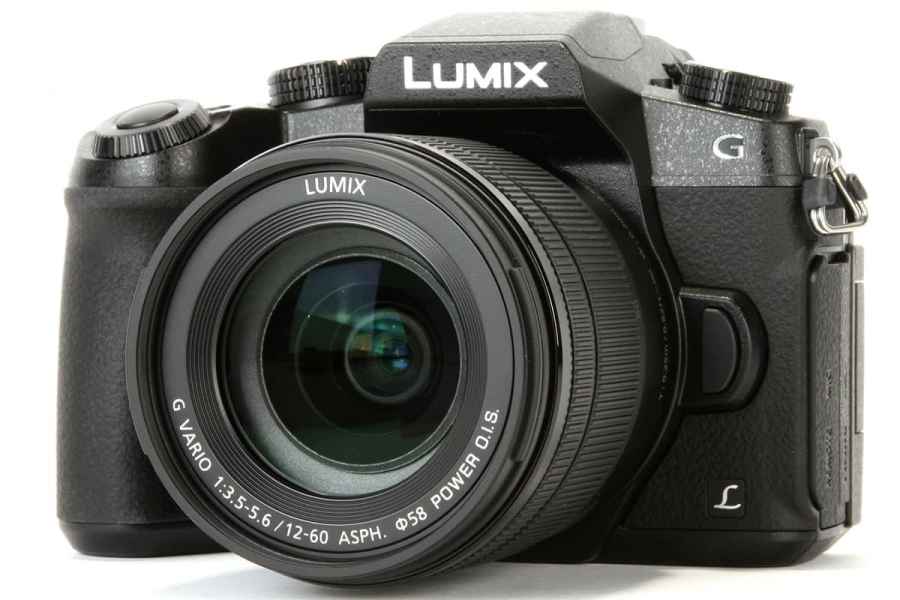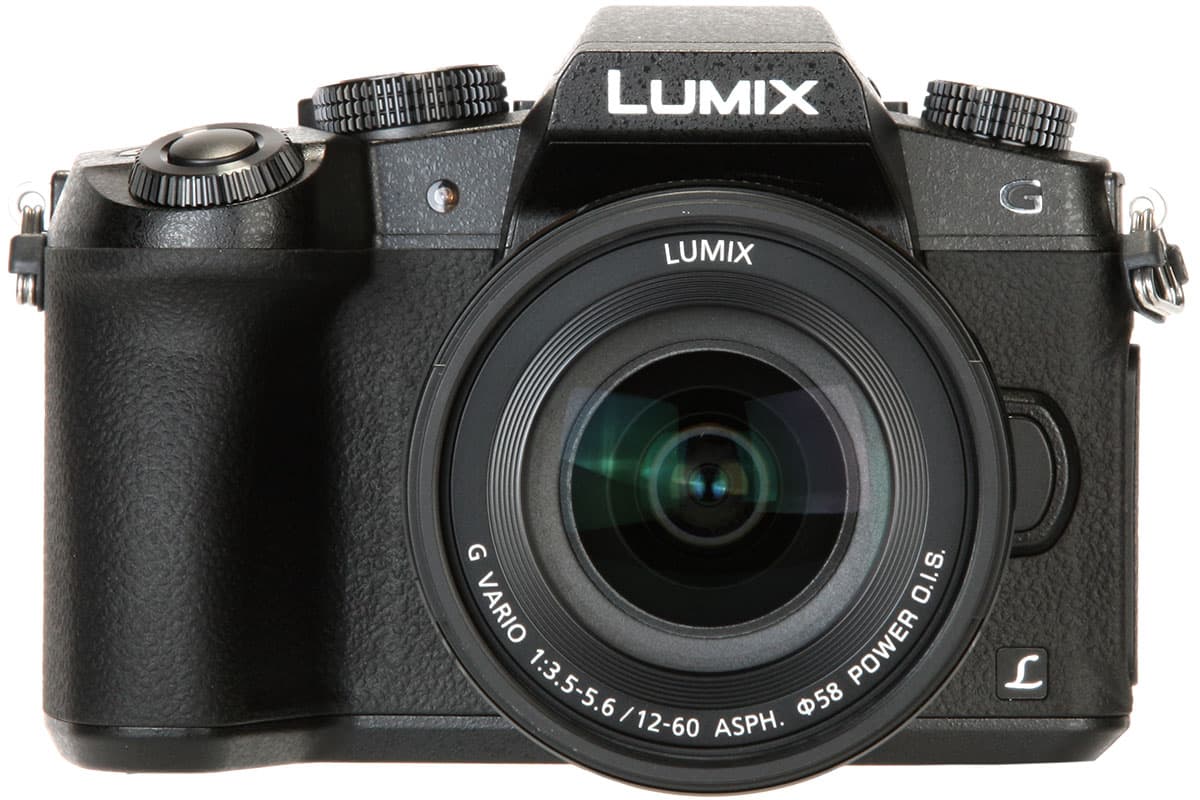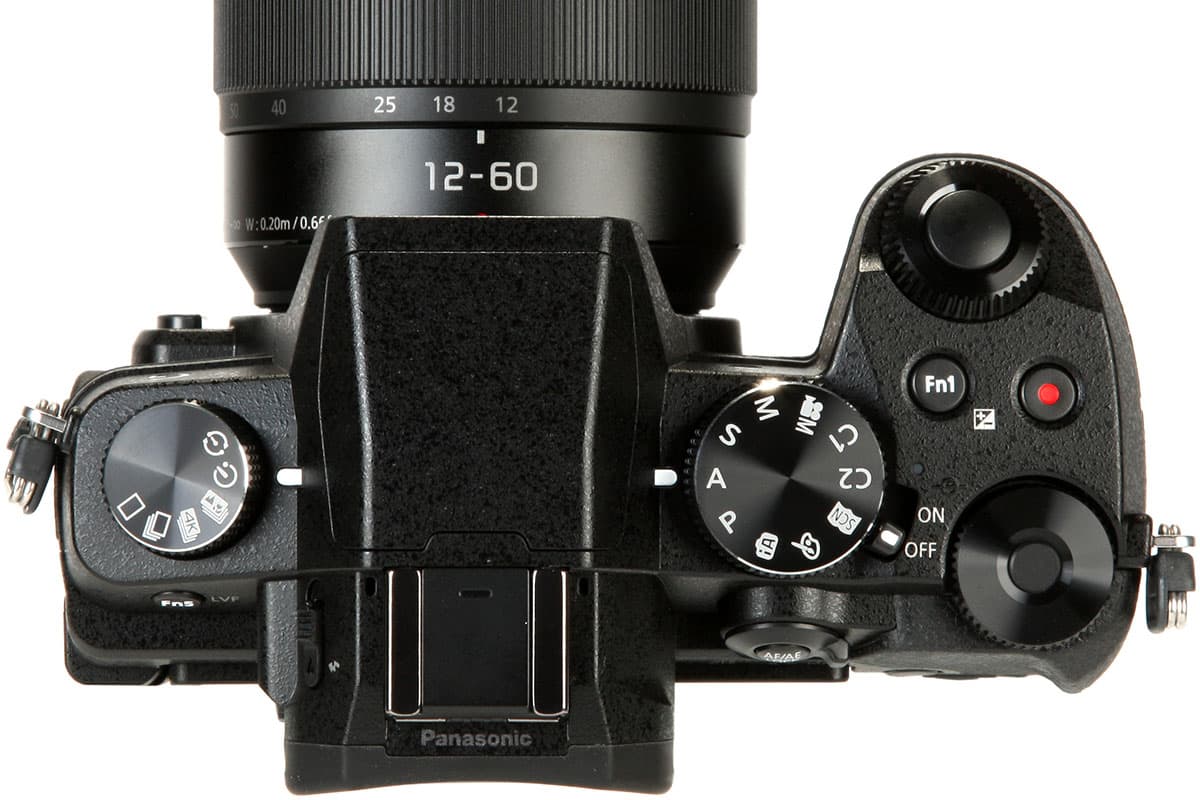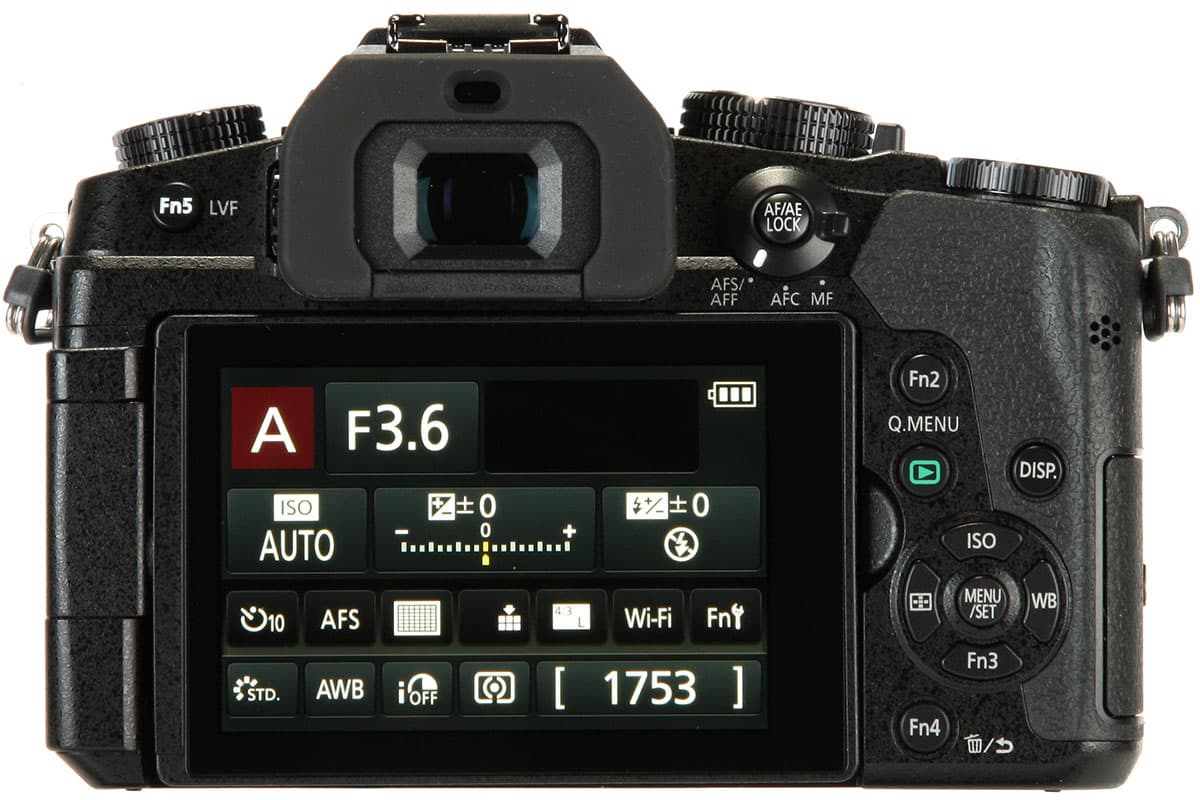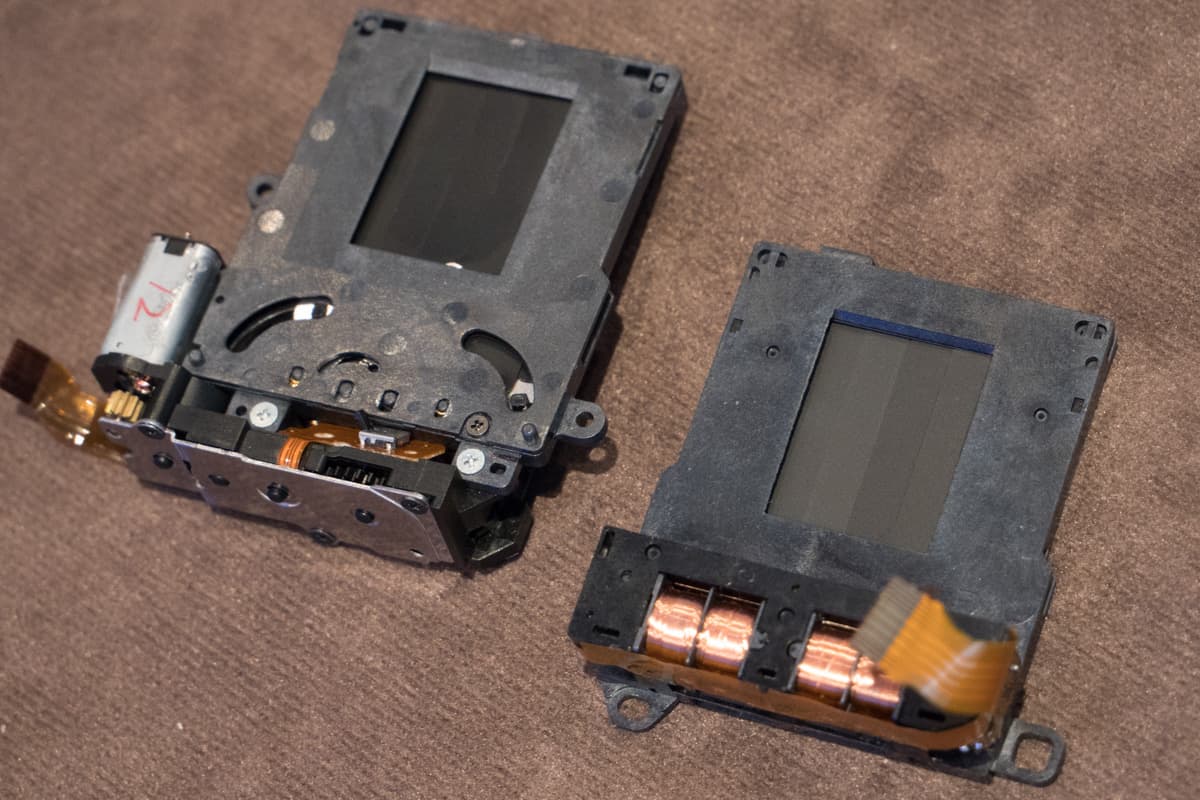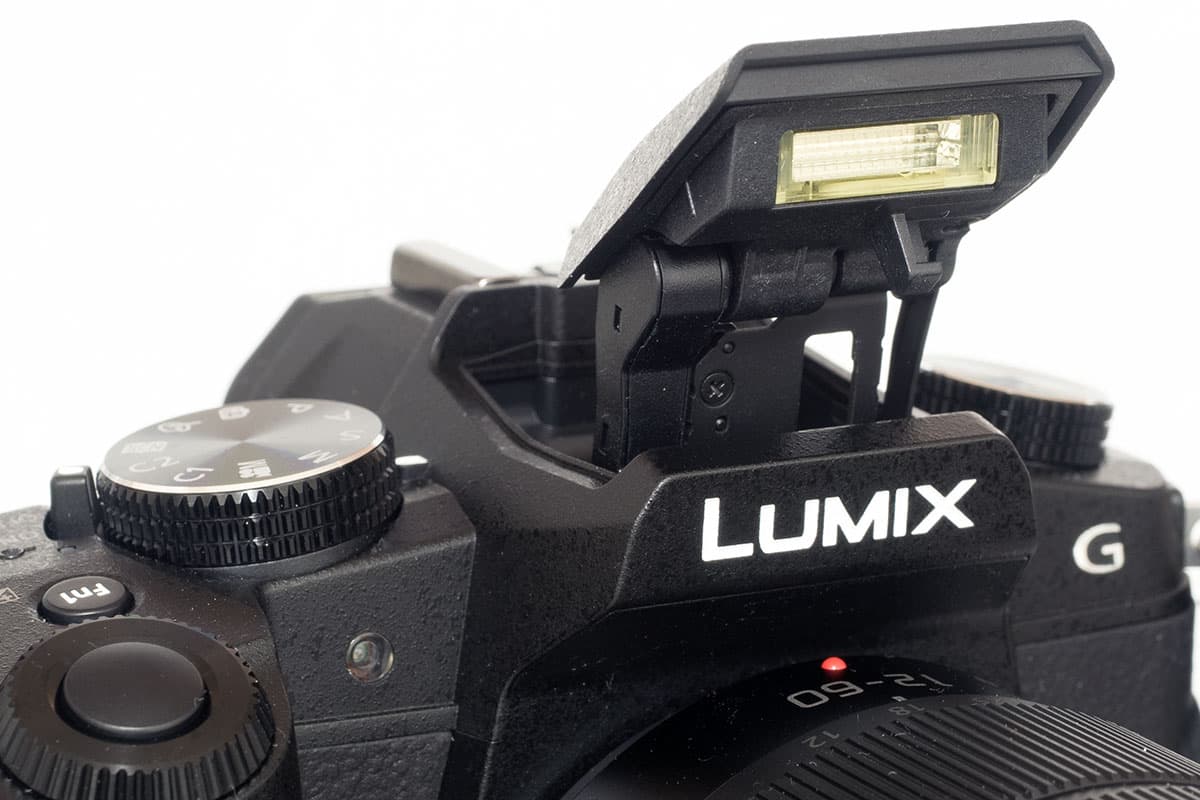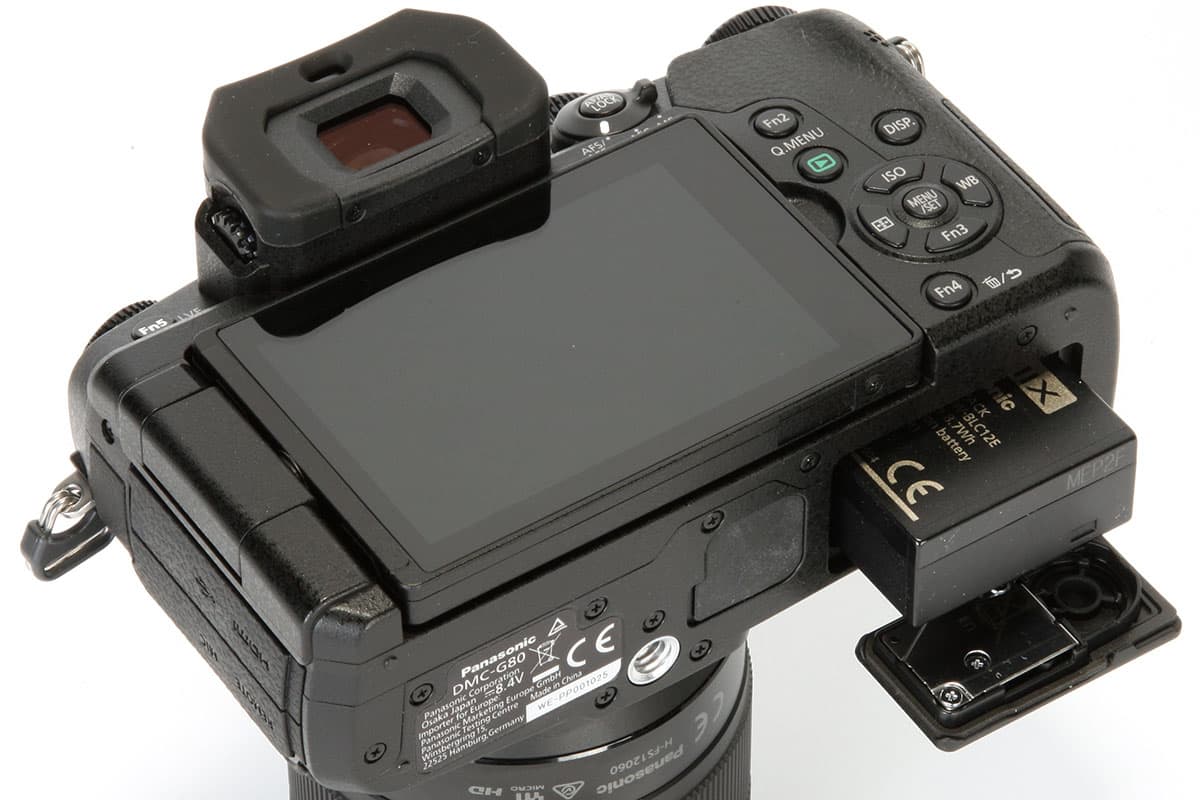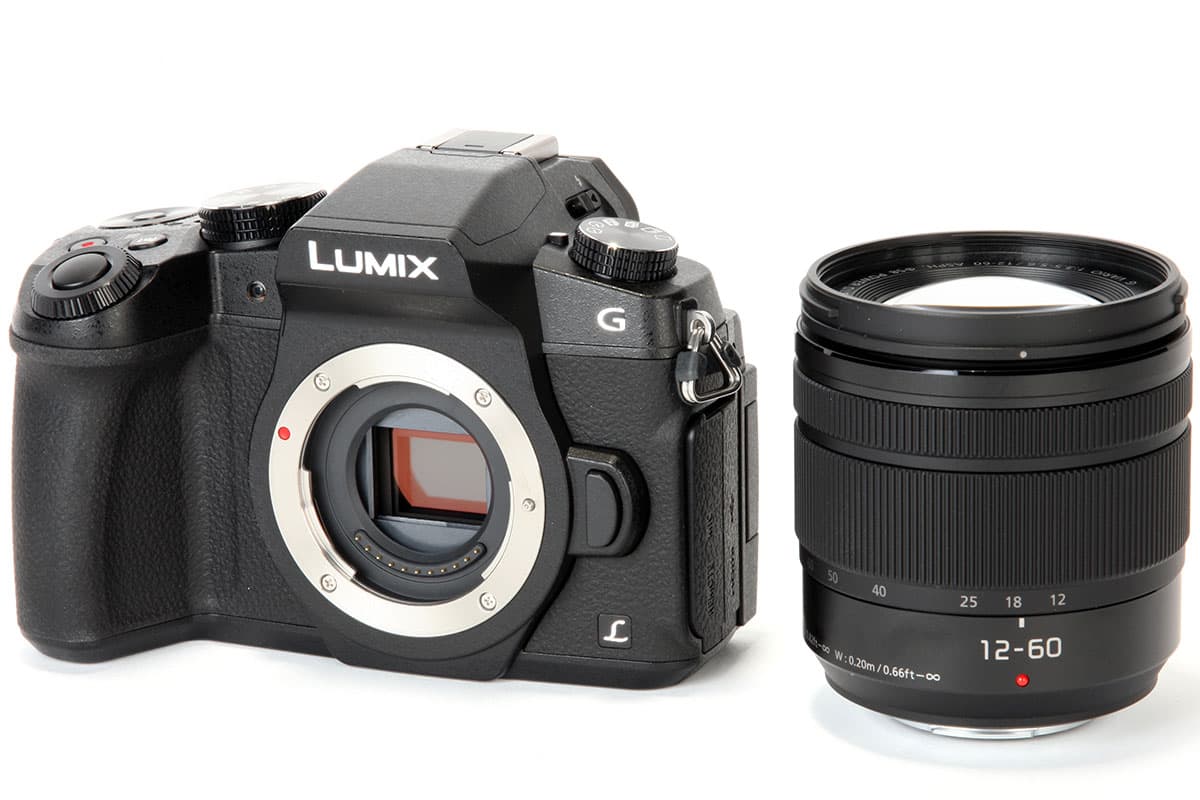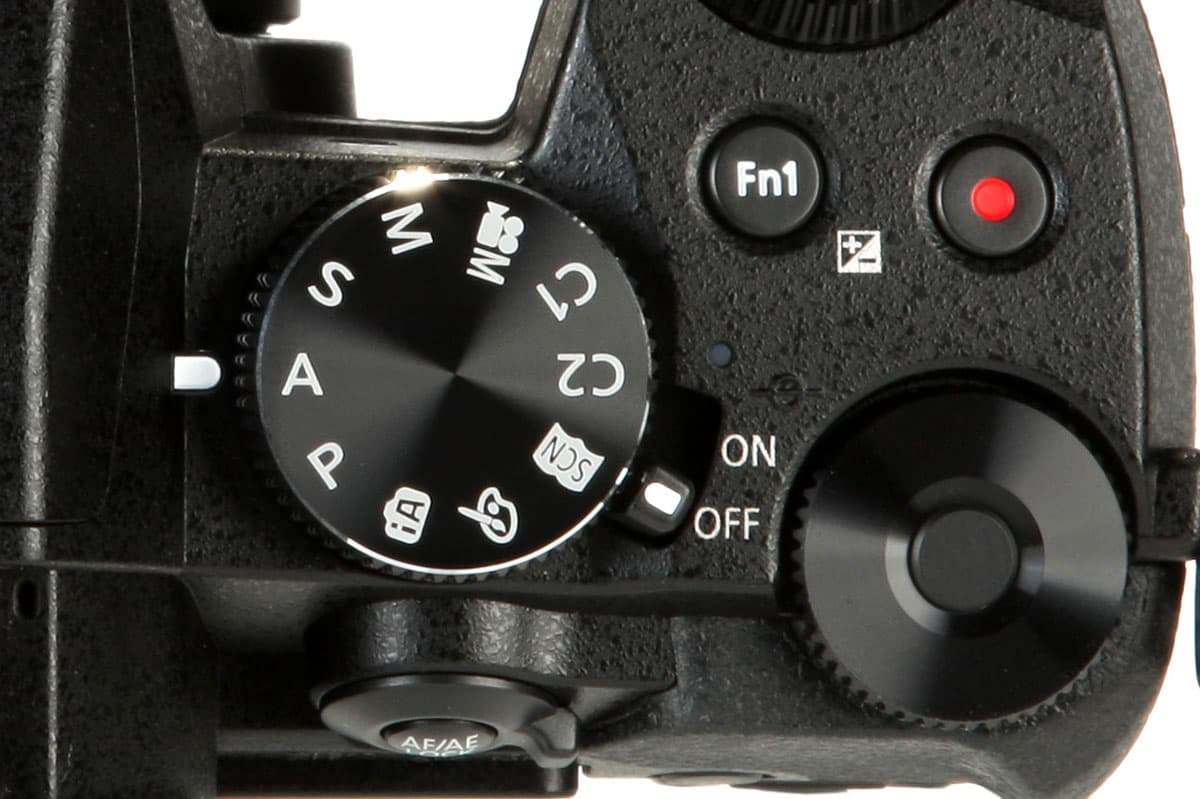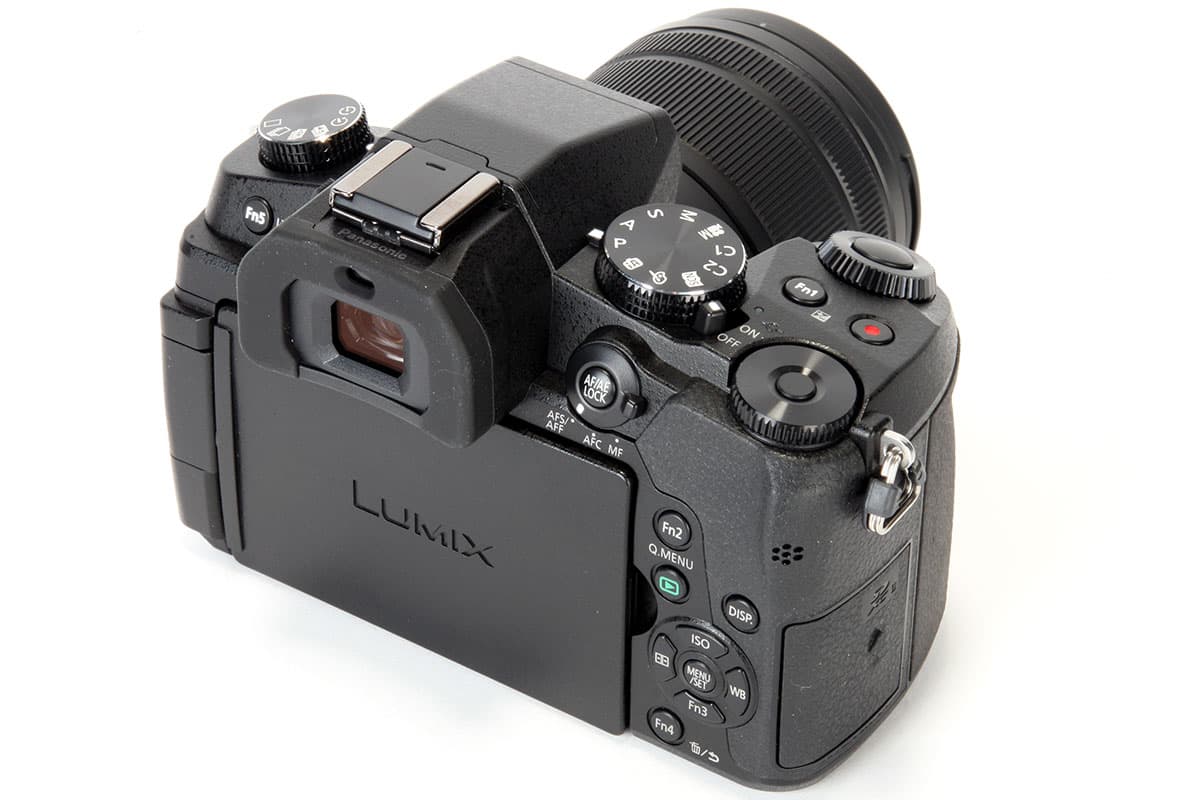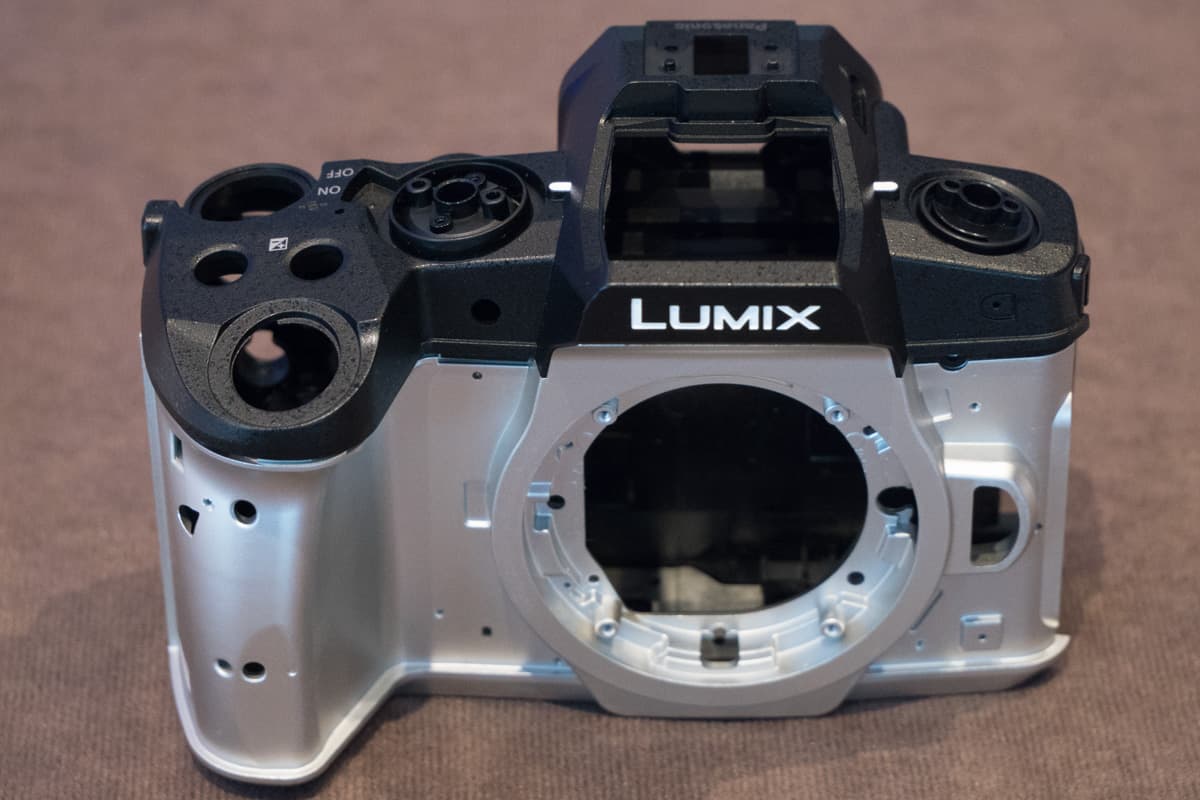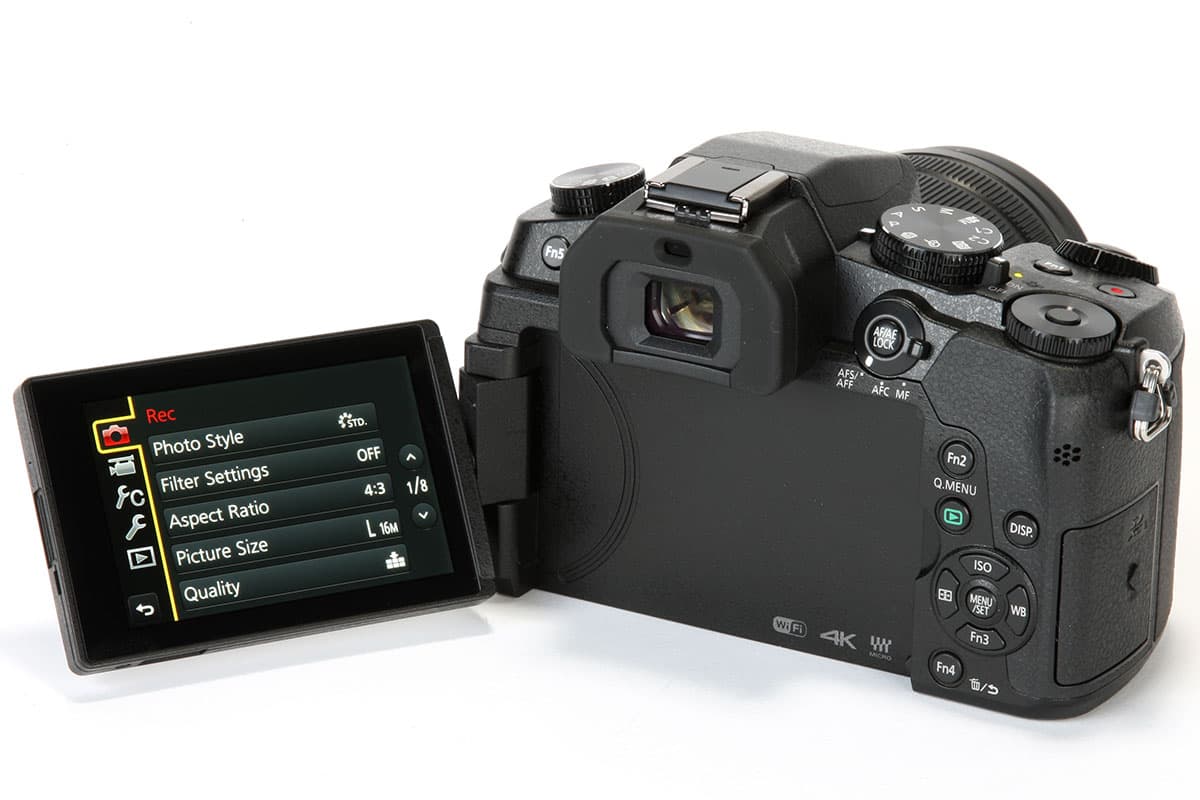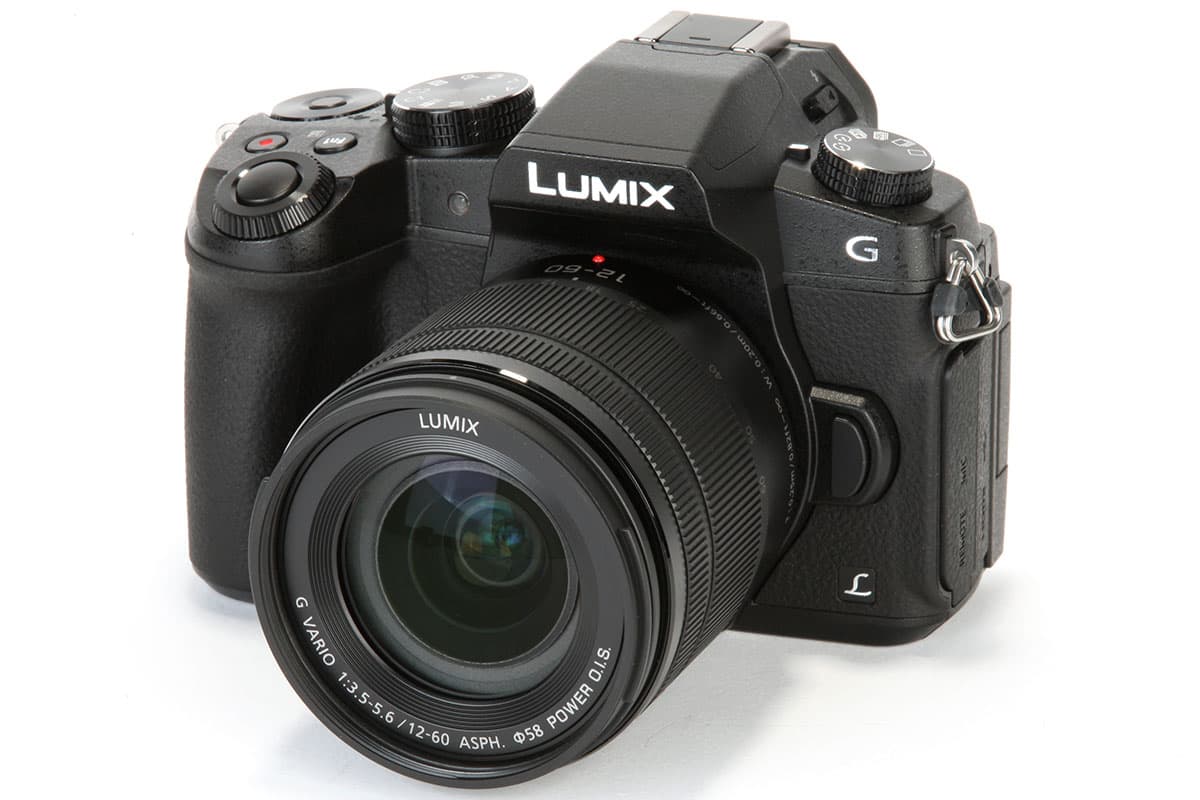Panasonic Lumix DMC-G80 review
At a glance:
- £699 body only, £799 with 12-60mm lens
- 16-million-pixel Four Thirds sensor
- ISO 200-25600; ISO 100-25,600 extended
- 2.36-million-dot OLED EVF, 0.74x magnification
- Fully articulated touchscreen
- 5-axis in-body image stabilisation
- Dust and splash proof construction
- 4K video recording
Panasonic Lumix DMC-G80 review: Introduction
Panasonic’s G-series is the oldest of all mirrorless camera lines, with the Lumix DMC-G1 being the very first camera of the type back in 2008. The latest G80 is, despite its numbering, recognisably a direct descendent of the G1 with a similar SLR-like design, including a central electronic viewfinder and a fully-articulated LCD. However while the G80 is at first sight a dead-ringer for last year’s G7, with an identical control layout, it has the distinction of being Panasonic’s first SLR-style CSC to include in-body image stabilisation – a feature the firm has previously only put in its flat-bodied GX-series cameras.
Indeed it turns out that the G80 is a significant step up from the G7, which perhaps explains the numbering (although the rangefinder-style GX80 is a class below the GX8, so work that one out). The G80’s dust and splash proofed body feels more substantial due to a magnesium alloy front plate, and a new economy mode promises a battery life of 900 shots per charge – huge for a CSC, and competitive with many DSLRs. The G80 also gains a new, super-quiet shutter similar to the GX80’s, but with an electronic first-curtain option which should completely eliminate image blurring from ‘shutter shock’.
Altogether this makes the G80 look like a very intriguing prospect, especially as it comes to market at a very competitive price: £699 body only, or £799 with the 12-60mm f/3.5-5.6 OIS lens that offers an unusually useful range for a kit zoom. I’ve been using one for a while, and it’s an impressive piece of kit, and a certainly serious competitor to Olympus’s popular OM-D E-M5 II.
Features
The G80 shares a lot of its innards with the smaller GX80 – a camera that I liked a lot when I reviewed it earlier this year. It uses the same 16-million-pixel Four Thirds sensor, which does without an optical low-pass filter to maximise resolution. This brings a standard sensitivity range of ISO 200-25,600, with an extended ISO 100 option also available, although at the risk of clipping highlight detail.
The electromagnetically-driven shutter unit is borrowed from the GX80, with a speed range of 1/4000sec to 60sec, plus bulb. But thanks to increased damping from the G80’s more substantial body, it’s noticeably quieter (Panasonic says the difference is 4dB). Enable the electronic first curtain setting and it’s even softer than the E-M5 II’s shutter, which is quite something, although the top speed is reduced to 1/2000sec. Switch to the fully electronic shutter and the camera can be completely silent, with a top speed of 1/16000sec but a risk of seeing image distortion due to rolling shutter effects.
Unlike many of its competitors the G80 has a small built-in flash that pops-up out of the viewfinder housing. This can be used in TTL or manual modes, with first or second curtain sync, but sadly it can’t be used for wireless control of external units. Behind it is a hot shoe to take Micro Four Thirds dedicated flashguns, which you’ll need for more creative lighting.
Panasonic’s new ‘Eco’ mode promises 900 shots per charge from the same DMW-BLC12E battery used in many older G-series cameras, and specified for 350 shots per charge in the G7. It works very much like Olympus’s Quick Sleep mode: when the rear screen is set to show a status panel rather than live view, the camera will turn itself off after a few seconds unless the viewfinder proximity sensor is activated. However this means it has exactly the same problem; the power-saving sleep mode often won’t kick in if the camera is hanging on a strap in front of your chest or by your side. But on a more positive note, the G80 wakes up very quickly from the power save mode when you want to use it again.
For the more experimental photographer, there’s a huge array of additional features onboard to get your teeth into. These include in-camera creative filters, which can be used in PASM modes with the filtered JPEG saved alongside a raw file; focus and aperture bracketing; multiple exposure; time lapse shooting and stop motion animation; and in-camera raw development. Indeed it’s difficult to think of anything much the G80 can’t do.
In body I.S. / Dual I.S.
The G80’s sensor is mounted onto a 5-axis in-body image stabilisation system that Panasonic says is improved from the GX80’s, giving up to 5 stops of shake compensation. This will work with any lens at all, so will stabilise any of Olympus’s Micro Four Thirds lenses, or indeed legacy lenses used on mount converters. In the latter case the camera will prompt you to enter the focal length when you turn it on.
When an optically-stabilised lens is mounted the two systems work together at the same time for maximum effect. However this doesn’t work with some of Panasonic’s oldest lenses, perhaps most notably the Lumix G Vario 100-300mm f/4-5.6 OIS, which revert to purely optical stabilisation. The again in-lens stabilisation is usually much more effective than in-body at long focal lengths.
4K Video and 4K Photo
As standard for Panasonic, the G80 has an impressive video specification. It can record 4K video (3840 x 2160) at up to 30fps, with a bit-rate of 100Mbps and 4:2:2 8-bit colour output. Alternatively Full HD movies can be recorded at up to 60fps. The SD card slot is UHS-II compatible to handle the high data rates required. There’s a built-in microphone socket and a host of video-friendly features, including focus peaking, zebra-pattern overexposure warning, onscreen sound level meters, and two video-specific Gamma presets. But it’s the combination of 4K recording, in-body IS and external microphone compatibility that should really turn amateur videographers heads.
Panasonic’s 4K Photo offshoot mode is present too of course, allowing you to easily extract 8MP stills from 4K footage at 30fps. There’s also 4K Post Focus, which allows focus to be adjusted after shooting by tapping the screen: previously I’ve found this to be more technically clever than practically useful. But now it’s joined by an in-camera focus-stacking mode that slows generation of composite images with extended depth of field, which has the potential to be genuinely useful.
Build and handling
The G80 continues much the same SLR-style design as previous G-series models, but it feels rather better made, and much less plasticky than the G7. Panasonic has also done some cosmetic redesign too, so while the two cameras have almost exactly the same layout, the G80 looks more sculpted and purposeful then its distinctly plain-Jane predecessors. But with a deep grip and lots of external controls, it fits really nicely in your hand and can be very pleasant to shoot with. Indeed with none of the retro affectations of many of its rivals, it’s a camera that you can happily carry around all day in your right hand, and one that balances well with long telephoto lenses.
The caveat here is that Panasonic’s somewhat quirky default setup won’t suit everyone. Out of the box, both front and rear control dials both do the same thing in all exposure modes but manual, but if you’re prepared to delve into the menu, either can be set to control exposure compensation directly, which always seems like a more sensible setup.
Pressing the (unlabelled) Fn11 button in the middle of the thumb dial temporarily repurposes the two dials to control ISO and white balance. This is a really useful shortcut to have, so it’s a pity the button is difficult to reach without a significant rearrangement of your grip on the camera. I shifted this function onto the much more accessible top plate Fn1, button, which normally brings up an exposure compensation and bracketing screen. I then reset Fn11 to select AF area mode.
For focus area selection Panasonic expects you to use the touchscreen, even when viewing through the EVF. I’m sure this works for many photographers, but I always end up resetting the focus point with my nose, which is annoying to say the least. You can turn off the using touchscreen AF area selection in the menus, but then you’re faced with having to press two buttons on the d-pad – left then down – before you can even start to move the focus area, which even more frustrating than using a Sony camera. Again diving into the menu allows you to repurpose the d-pad to move the focus area directly, like on most other cameras.
Once you’ve got the G80 set up, though, it can be a great camera to shoot with. The front and rear dials are both really well placed, and complemented by dedicated drive and focus mode switches, which I’d love to see on more mirrorless models. The onscreen, touch sensitive Q menu lets you quickly change most other key settings, and can be customised to your personal preferences too.
Viewfinder and screen
One area where mirrorless cameras have come on in leaps and bounds recently is their viewfinders, and the G80’s EVF specification is very impressive. It uses a 2.36-million-dot OLED unit with 0.74x equivalent magnification, which is larger than the viewfinders of many full frame DSLRs, and indeed most of its rivals at a similar price. You can choose to display a huge amount of information, including electronic levels and a live histogram. Alongside conventional depth of field preview, Panasonic also offer a shutter speed preview that allows you to pre-visualise any blur effects before taking the shot.
On the back you’ll find a fully articulated touchscreen, which can be set to face at almost any angle – up, down left, right, or forwards. This type of screen is more versatile than the tilt-only type, but slower to use. It’s sharp and bright, making it easy to see even in sunshine. Alternatively you can fold the screen to face in against the camera body, to keep it protected from scratching.
Autofocus
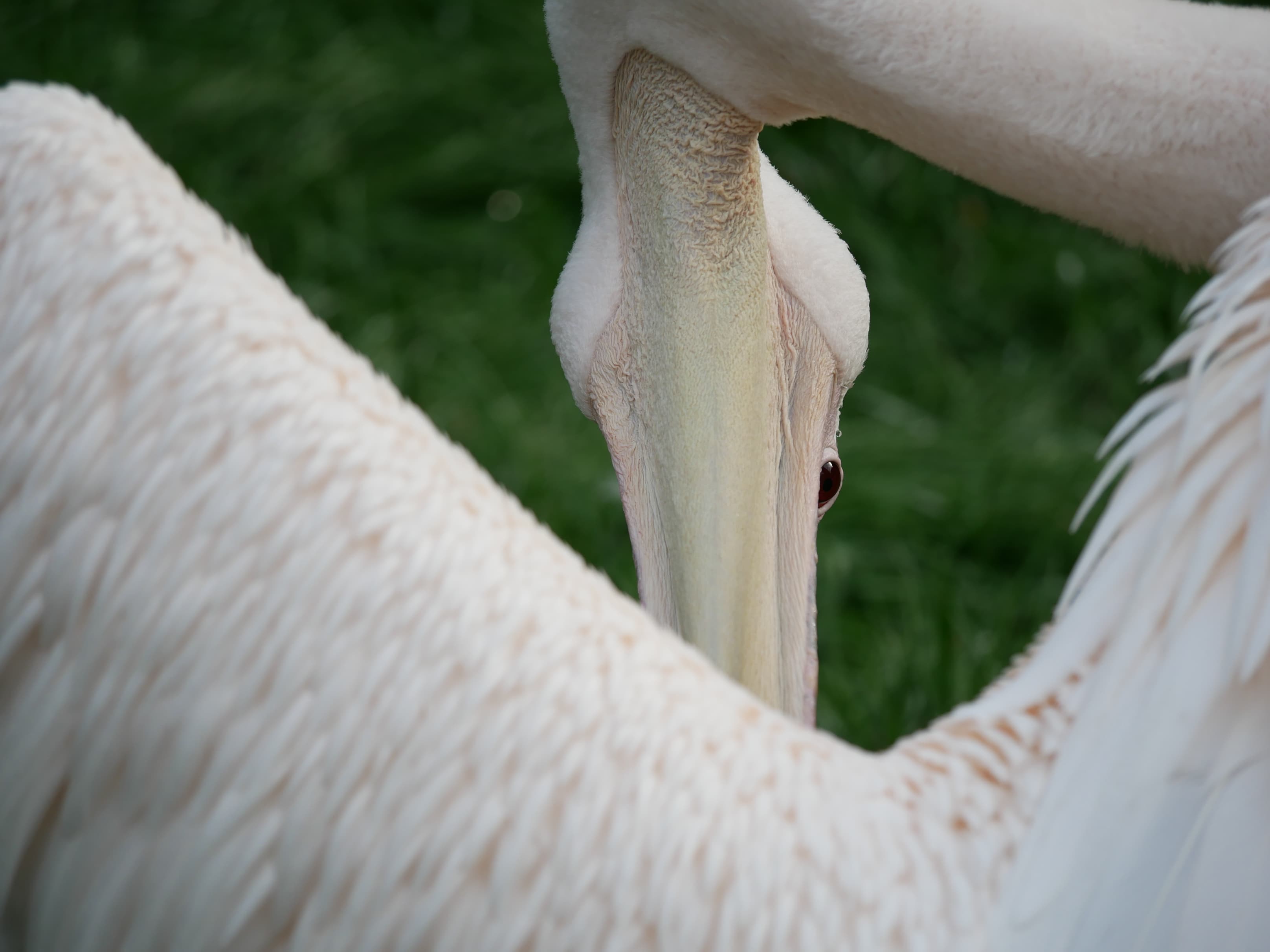
Here the G80 has nailed focus with a potentially tricky subject. Shot with a pre-production G80 and the Panasonic 100-300mm f/4-5.6 OIS lens
Autofocus uses Panasonic’s usual combination of contrast detection and Depth From Defocus (DFD), which in short makes the G80 one of the best-performing of all mirrorless models. It may not quite match the excellent focus tracking of the Sony Alpha 6300, but it copes admirably with almost any subject, even in vanishingly low light.
Panasonic includes an extraordinary array of focus area modes, indeed probably more than most photographers will know what to do with. For example there’s a pinpoint AF mode for precision focusing on a specific small area of the frame, and a custom multi mode that allows you to instruct the camera to use any combination of focus points from a 7×7 grid covering almost the entire frame. More usefully there’s face detection, which can identify and specifically focus on your subject’s eyes.
Switch to manual focus and Panasonic offers an array of aids for nailing correct focus. With native Micro Four Thirds lenses there’s a basic focus distance scale, along with magnified view and peaking displays, which can be combined together; these will automatically appear when you turn the focus ring. When using adapted lenses the focus scale disappears, but the other focus aids can be called up by pressing the AF mode button.
Panasonic Lumix DMC-G80 review: First impressions
Panasonic’s SLR-like Lumix G series models have often seemed a little uninspired; with designs resembling conventional DSLRs, they’ve offered little to mark them out from the crowd. But I think the G80 is a somewhat different proposition. The in-body image stabilisation, super-quiet shutter and weathersealing makes it a genuine contender, and its 4K video recording is notably superior to its most direct rival, the Olympus OM-D E-M5 II.
Indeed while the E-M5 II’s cute retro styling will appeal to many photographers over the slightly bland G80, in many regards the latter is a more practical camera. The big grip makes it nicer to hold, especially with telephoto lenses, and Panasonic’s clear onscreen interface and logical menus stand in contrast to Olympus’s over-complexity. I’m not a huge fan of Panasonic’s default setup, but the G80 is so configurable that most photographers should be able to adapt it to suit their preferred shooting method. Most importantly, in use it generally works very well indeed, with fast, reliable autofocus and excellent image stabilisation.

The G80’s 16-million-pixel sensor gives detailed images, while the 12-60mm kit zoom has a very useful range
Overall, on first impressions I’d have to say that the G80 looks like it’s Panasonic’s best Micro Four Thirds model for photographers by some margin. Indeed unless you’re seriously into video, it’s probably a better choice for most than its big brother the GH4. Compared to the smaller, cheaper GX80 it has a much better viewfinder and a more useful fully articulating screen. Look out for our upcoming full Panasonic Lumix DMC-G80 review, with in-depth performance and image quality analysis, which should be appearing soon.

